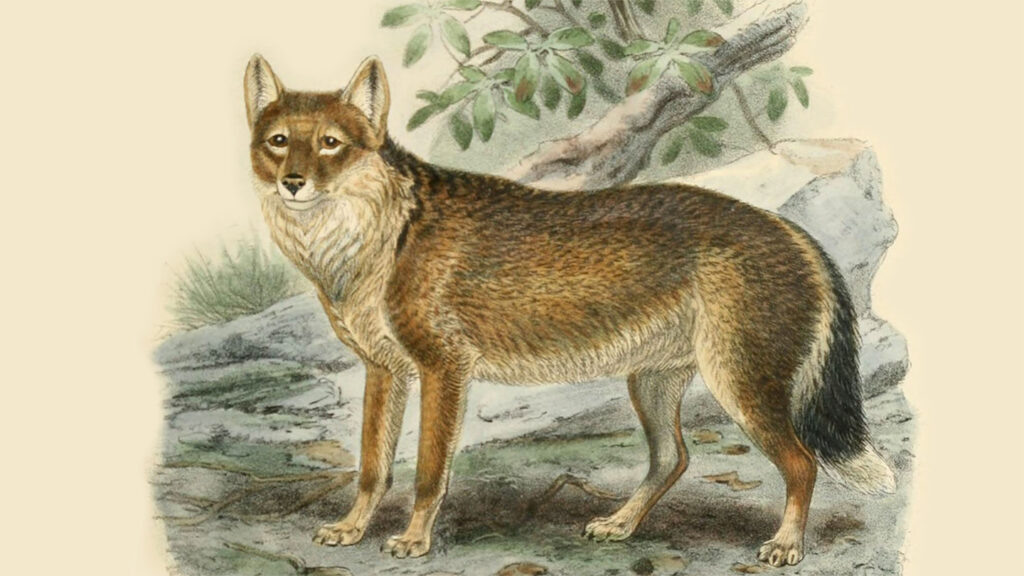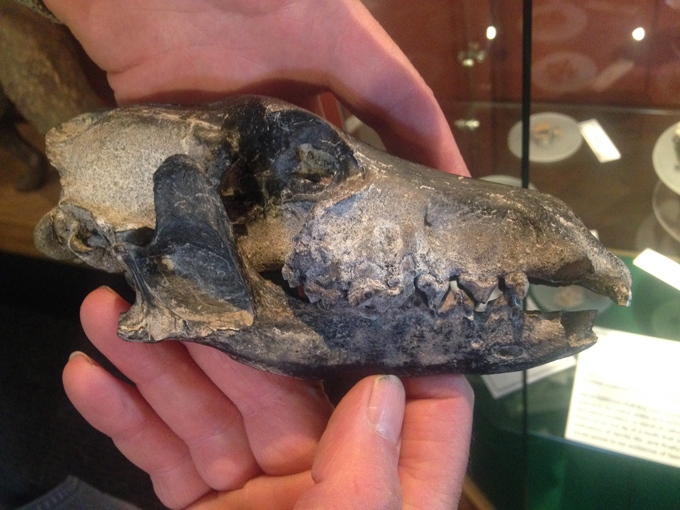Evidence of Prehistoric Humans Found on the Falkland Islands
The enigmatic, now-extinct Falkland Islands wolf had human visitors on the remote archipelago up to 1,070 years ago. The find suggests that Indigenous people could have originally brought the foxlike creatures, also known as the warrah, to the islands.

Scientists have debated how the islands’ only land mammal journeyed to the region: by a long-ago land bridge or with people. But little evidence of a human presence before Europeans arrived in 1690 had been found.
Now, traces of ancient fires and hunting show that Indigenous people arrived on the Falkland Islands centuries prior to Europeans, researchers report October 27 in Science Advances.
The Yaghan people — historically fire-wielding seafarers who kept foxes as companions — may have been the visitors.
Abrupt spikes in charcoal levels in sediments offer “telltale signs of human arrival” from 1,070 to 620 years ago on New Island, says Kit Hamley, a paleoecologist and archaeologist at the University of Maine in Orono.
Those spikes mirror later traces of Europeans’ fires around 250 years ago.
And massive piles of sea lion and penguin bones imply hunting by humans from 745 to 600 years ago, Hamley says. Before being hunted to extinction by Europeans in 1875, the Falkland Islands wolf (Dusicyon australis) also consumed marine predators such as sea lions and penguins, nitrogen levels in two warrah bones and one tooth show.

The researchers newly dated that tooth and found it to be from 3,860 years ago. That vastly predates the fire-and-bone-pile evidence, leaving a gap “between when the warrah arrives, and when we can definitively say people were there,” Hamley says.
But Indigenous people’s presence up to 1,070 years ago raises new questions about whether the warrah hitchhiked there with earlier human visitors, Hamley says.
Next, Hamley and colleagues plan to partner with the few remaining Yaghan communities in Tierra del Fuego in Argentina to piece together “parts of the story that have been lost or taken away.”





